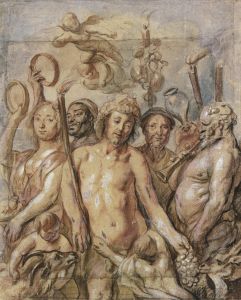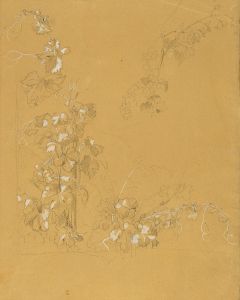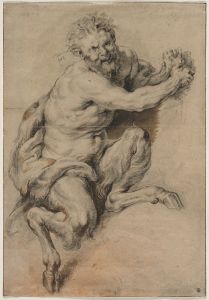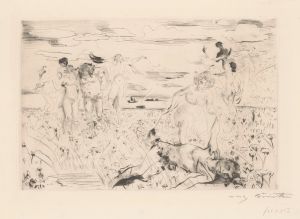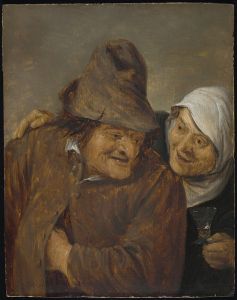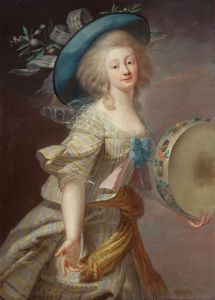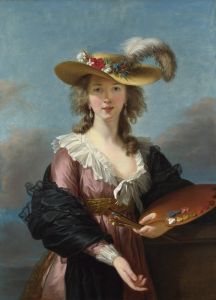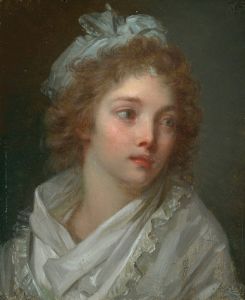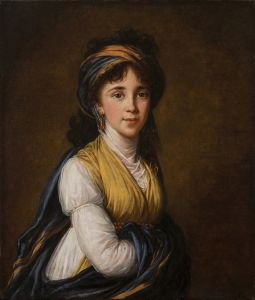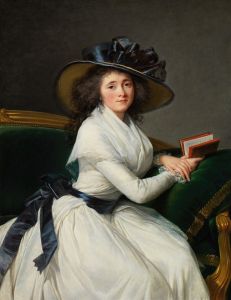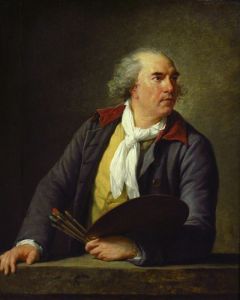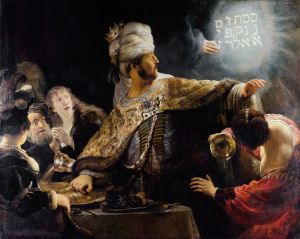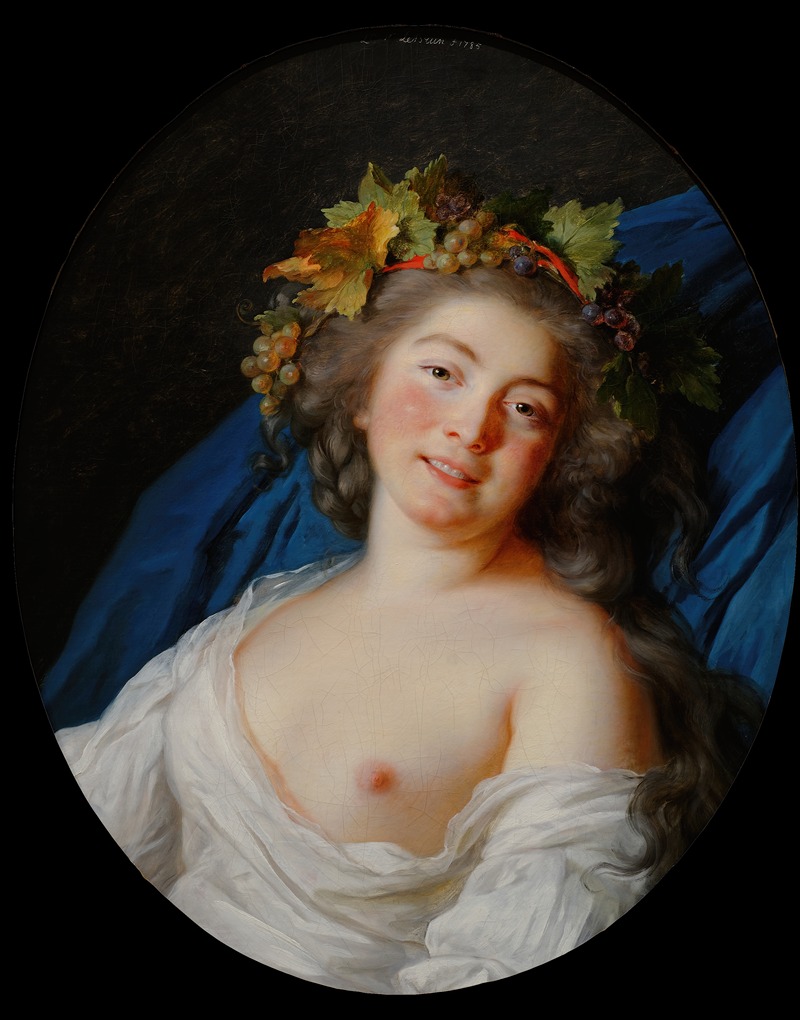
Bacchante
A hand-painted replica of Elisabeth Louise Vigée Le Brun’s masterpiece Bacchante, meticulously crafted by professional artists to capture the true essence of the original. Each piece is created with museum-quality canvas and rare mineral pigments, carefully painted by experienced artists with delicate brushstrokes and rich, layered colors to perfectly recreate the texture of the original artwork. Unlike machine-printed reproductions, this hand-painted version brings the painting to life, infused with the artist’s emotions and skill in every stroke. Whether for personal collection or home decoration, it instantly elevates the artistic atmosphere of any space.
Elisabeth Louise Vigée Le Brun was a prominent French portrait painter of the late 18th and early 19th centuries, renowned for her artistic skill and her association with the court of Marie Antoinette. Among her many works, "Bacchante" stands out as a notable example of her ability to capture both the grace and vivacity of her subjects.
"Bacchante" is a painting that reflects the neoclassical style that was prevalent during Vigée Le Brun's time. The term "Bacchante" refers to the female followers of Bacchus, the Roman god of wine, known for their ecstatic expressions and revelry. This theme was popular in art for its embodiment of freedom, nature, and the celebration of life, often depicted through lively and dynamic compositions.
In this painting, Vigée Le Brun demonstrates her mastery of capturing the human form and emotion. The subject is typically portrayed with a sense of movement and vitality, embodying the spirit of Bacchic revelry. The use of light and shadow in the painting highlights the contours of the figure, adding depth and dimension to the composition. The colors are rich and vibrant, contributing to the overall sense of energy and exuberance.
Vigée Le Brun's "Bacchante" is also notable for its attention to detail, particularly in the depiction of textures and fabrics. The artist's skillful brushwork brings to life the softness of the skin, the sheen of the hair, and the fluidity of the garments. This attention to detail not only enhances the realism of the painting but also adds to its aesthetic appeal.
The painting reflects Vigée Le Brun's ability to blend classical themes with a personal touch, creating works that are both timeless and individual. Her portrayal of the Bacchante is not just a representation of a mythological figure but also an exploration of human emotion and expression. This ability to convey personality and mood is a hallmark of Vigée Le Brun's work and contributes to her enduring reputation as one of the leading portraitists of her time.
Elisabeth Louise Vigée Le Brun's career was marked by her resilience and adaptability, navigating the turbulent political landscape of the French Revolution and its aftermath. Despite the challenges she faced, including exile from France, she continued to produce art that was celebrated across Europe. Her works, including "Bacchante," remain significant for their artistic merit and their insight into the cultural and social dynamics of her era.
Today, "Bacchante" is appreciated not only for its technical excellence but also for its embodiment of the themes and styles of its time. It serves as a testament to Vigée Le Brun's skill as an artist and her ability to capture the essence of her subjects with grace and sensitivity. Her contributions to the art world continue to be studied and admired, securing her place in the pantheon of great portrait painters.





